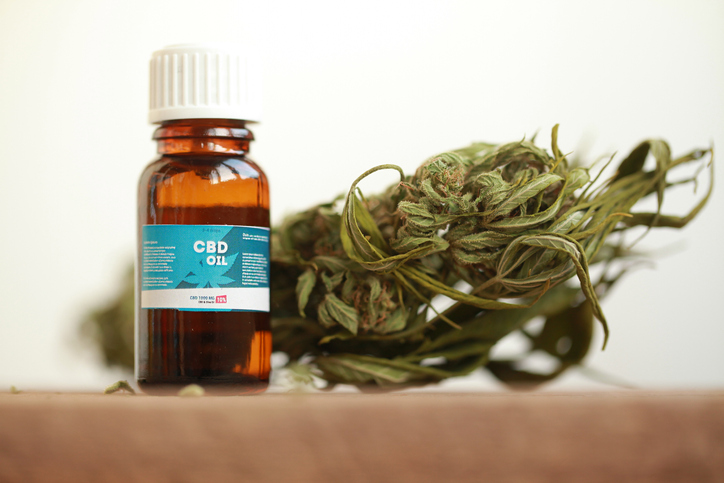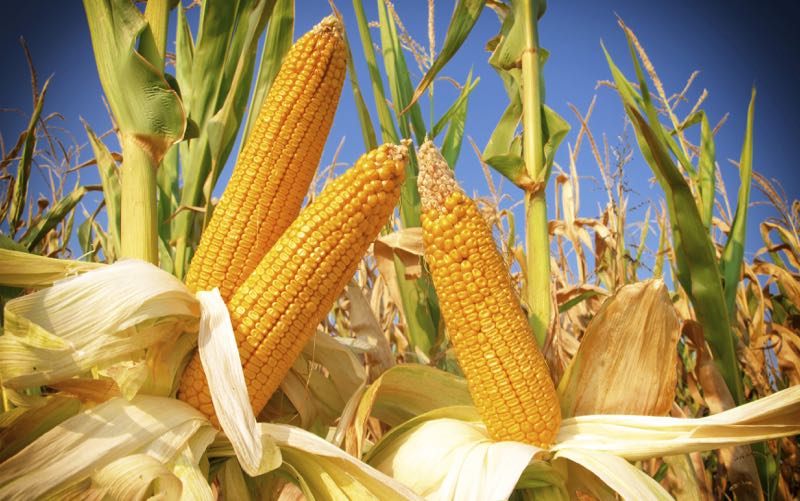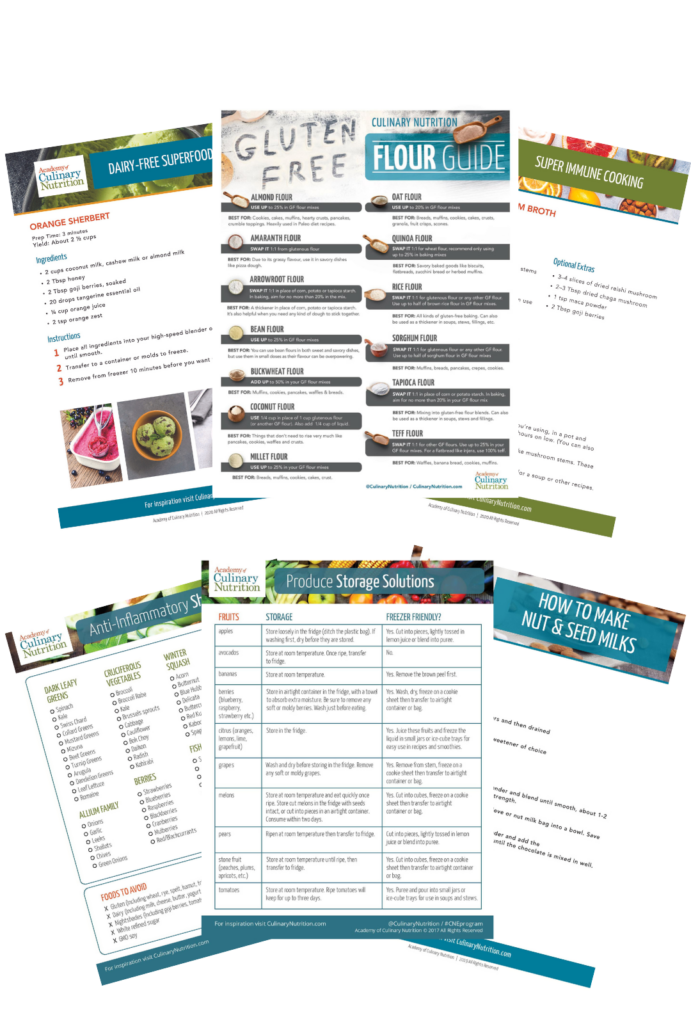The 8 Best Foods for Migraines
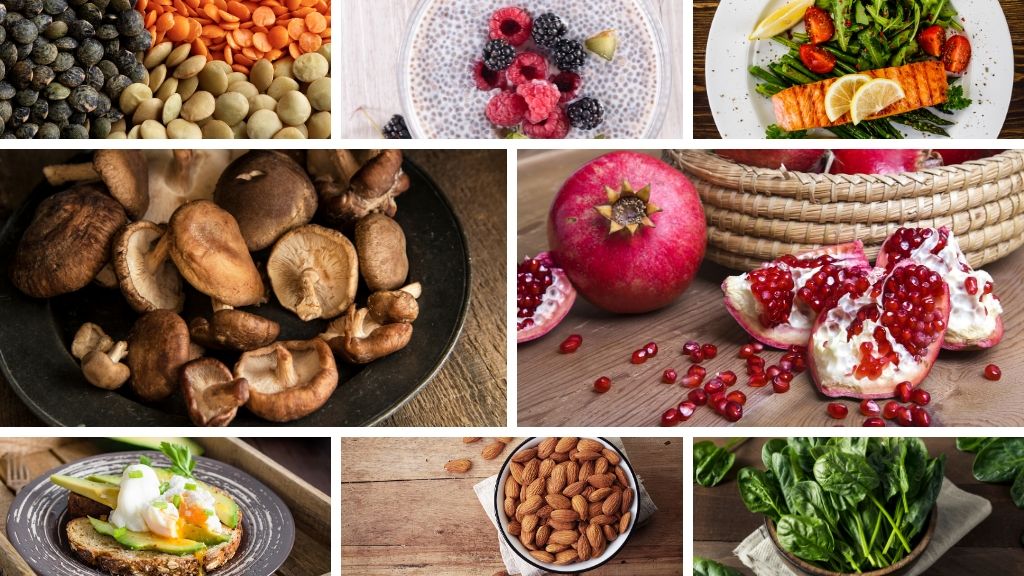
If you’ve ever experienced a migraine, you know it’s not a regular headache. The symptoms of intense pain in your head, nausea, and sensory sensitivity can be debilitating. For some, it can be severe enough to last a few days and return frequently. Getting a migraine can paralyze your personal life and work responsibilities. Fortunately, there are some delicious, nutrient-rich foods for migraines that may help reduce or prevent them.
This painful condition that affects millions of people around the world has no known root cause, and women suffer from migraines more than men do. While research is underway to better understand migraines, what we do know today is that they are linked to nutritional deficiencies, inflammation, genetic factors, and hormonal changes for women. Culinary nutrition choices can play a role in influencing these factors!
8 Best Foods for Migraines
These best foods for migraines are easy to find and can be incorporated into your diet right away.
Salmon
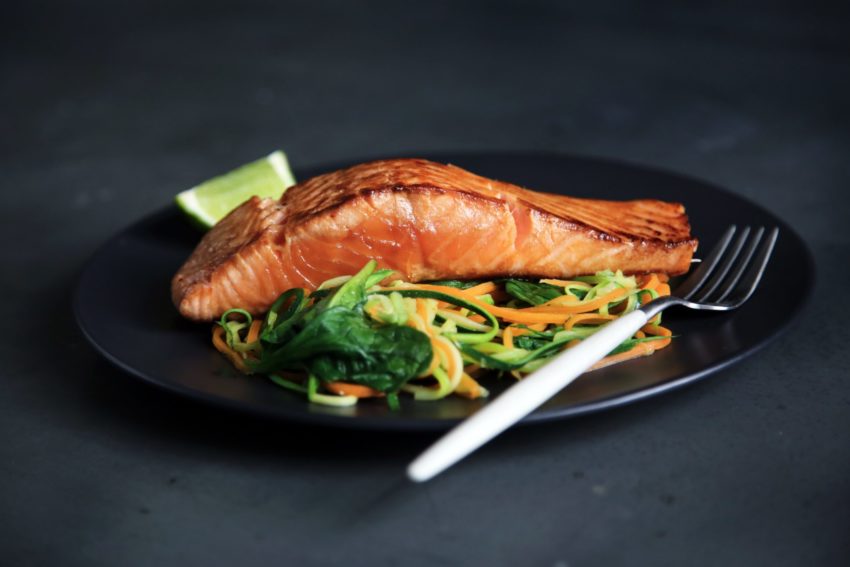
Salmon is a great source of a multitude of nutrients that are healing for migraines. It’s rich in anti-inflammatory omega-3 fatty acids, which may help combat inflammation linked with migraines. Magnesium deficiency has been linked to migraines as well and this delicious fish is chock full of it. And that’s not all: salmon contains Coenzyme Q10 and Vitamin D, which have been shown to help reduce migraines according to a research study.
Spinach
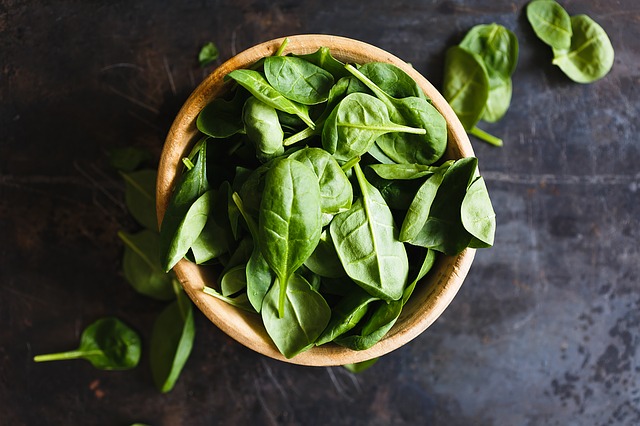
This powerful dark leafy green contains Riboflavin (B2), which has shown to be helpful in the prevention of migraines. Spinach is easy to incorporate whether to use in a raw salad, cooked or even in smoothies. You can grab your full guide to dark leafy greens and how to use them here.
Shiitake Mushrooms
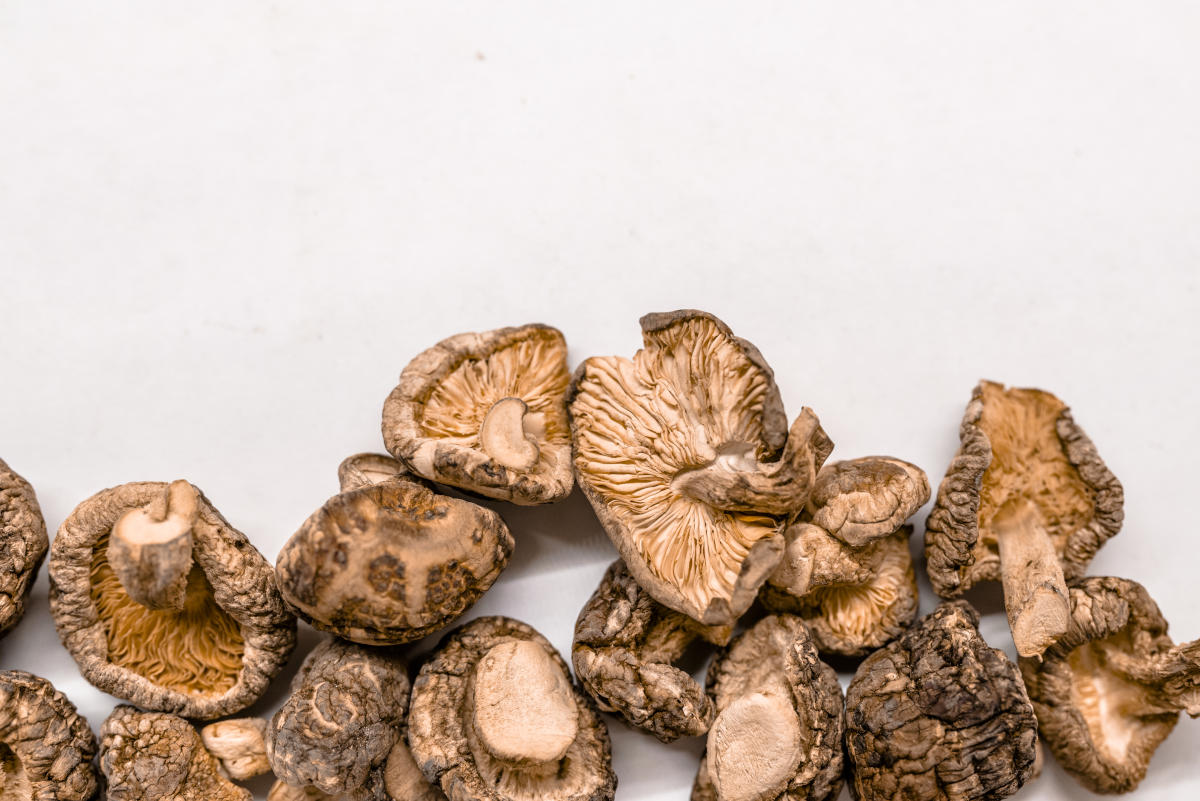
Shiitake mushrooms are one of the best plant-based sources of Vitamin D, which helps to cool down inflammation that may trigger migraines. Evidence also indicates that Vitamin D deficiency is associated with migraines. The Vitamin D levels in mushrooms don’t diminish when cooked and are easily absorbed into the body.
Learn more about medicinal mushrooms – like shiitake – and how to use them here.
Almonds
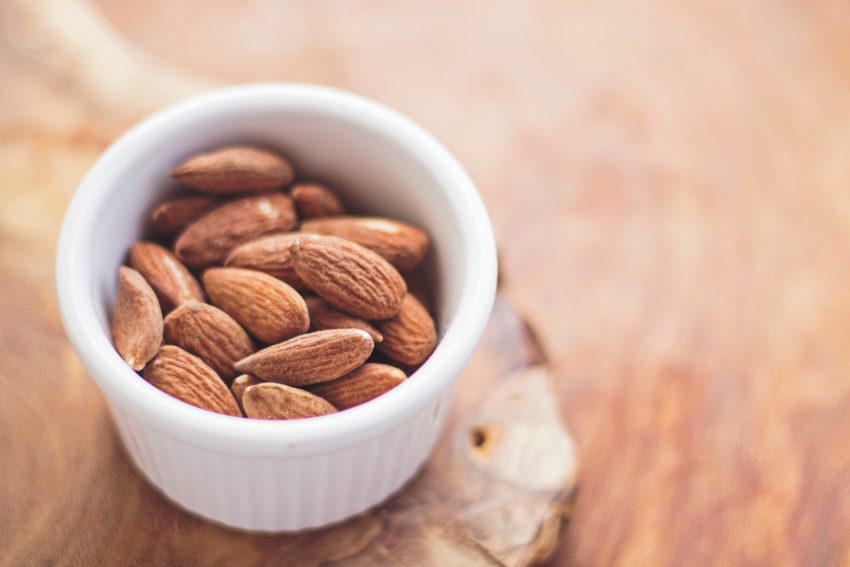
Photo by Juan José Valencia Antía on Unsplash
These crunchy nuts are rich sources of magnesium, which may help prevent migraines and also relax your muscles. Adding almonds to your daily routine is easy – pack them as snacks, sprinkle them on top of salads or your morning oatmeal.
Chia Seeds
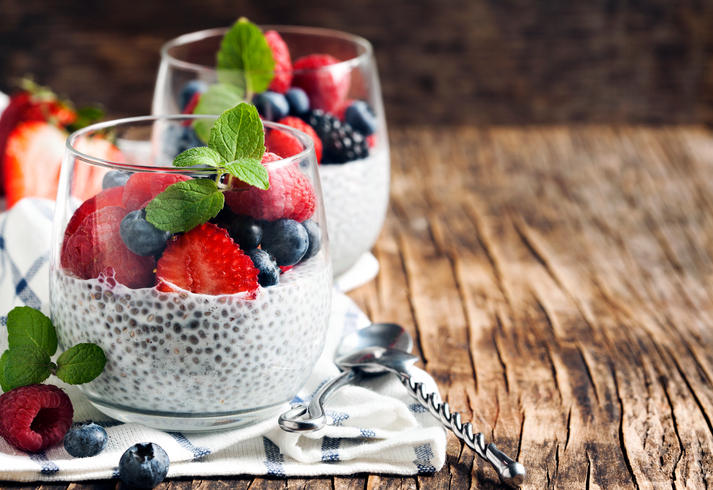
Image: iStock/AnjelaGr
These little beauties are a great plant-based source for omega-3s which help fight inflammation, and they are loaded with magnesium too. Just one ounce can help you meet your daily recommended intake for omega-3s. Make a chia pudding, sprinkle the seeds in smoothies, or on top of your yogurt or smoothie bowls!
Eggs
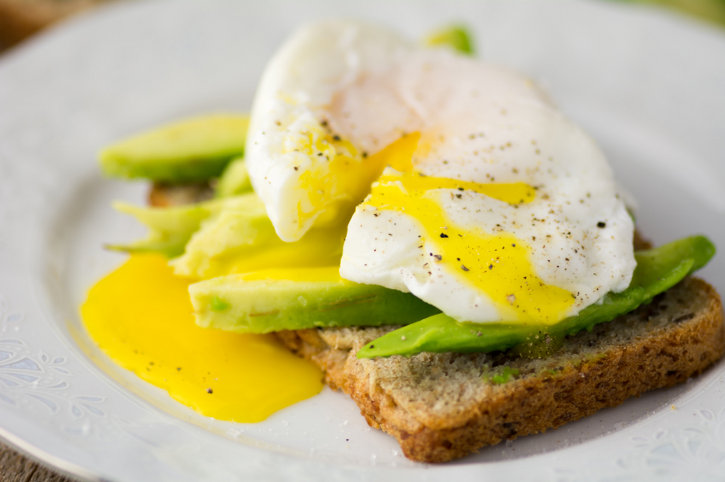
Image: iStock/Vladislav Nosick
Eggs provide Riboflavin (B2), which have been found to be a deficient vitamin in migraine sufferers. They are also a fantastic source of protein for healing and repair, Vitamin D, and essential fats to support brain health. There are limitless ways to enjoy eggs, from a simple scramble to a frittata or a hardboiled egg to have as a snack.
Lentils
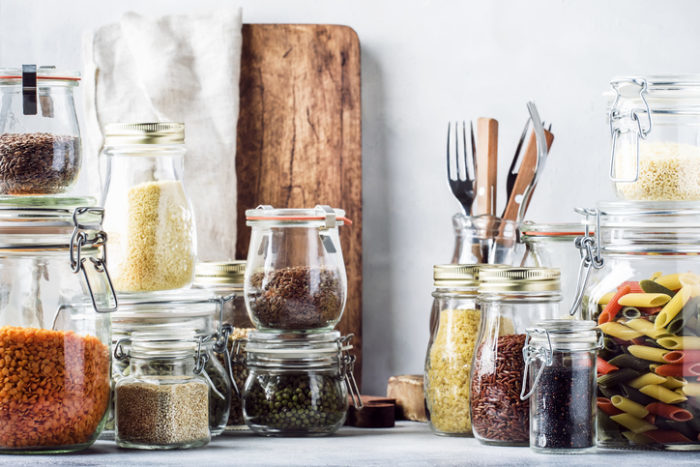
In addition to their content of migraine-reducing Coenzyme Q10, lentils also provide us with the protein and fibre we need to keep our blood sugar levels steady. Balanced blood sugar helps us avoid the peaks and crashes that may lead to migraine headaches.
Find out the best ways to cook lentils, as well as other beans and grains, here.
Pomegranates
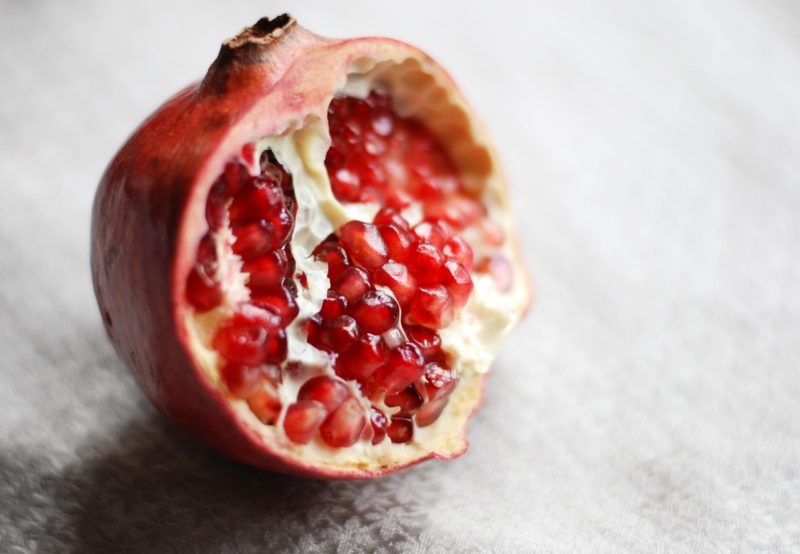
Photo by Laura on Unsplash
Pomegranate seeds may be tiny but they are powerful! Pomegranates are a rich source of antioxidants and they are also a natural food source of melatonin. Melatonin supplementation may help to reduce migraines – and, as a bonus, it can help you sleep better!
More Diet and Lifestyle Tips for Migraines
Aside from the above eight best foods for migraines, here are a few additional habits you can incorporate into your diet and lifestyle.
Keep a Headache Journal
As there are no universal triggers for migraines – there can be food or lifestyle factors – one of the best ways to uncover your personal triggers is to keep a headache journal. Writing down your food intake, sleep patterns and stress levels for a period of time can provide a bird’s eye view of patterns and illuminate possible triggers to avoid.
Eat at Regular Times
Skipping meals can be a trigger for some people and this can go hand in hand with stress. When life gets stressful, overwhelming or full, we often push past lunch or simply forget to eat. Meal prepping and scheduling in mealtimes as a priority can help. If you need some cooking inspiration, here’s how to get started.
Aim for An Anti-Inflammatory Diet
While the root cause of migraines is still unknown, inflammation is suspected. Incorporating anti-inflammatory foods such as more fruits, vegetables, leafy greens, and fatty fish are not only potentially migraine-preventative but protects against many chronic illnesses. Download your anti-inflammatory shopping list here before heading out to the grocery store!
Avoid Processed Foods
Many of the common food triggers for migraine sufferers are processed foods that contain excess sugar or salt, nitrates or MSG such as deli meats, hot dogs, and bacon. Additional processed food triggers include, salad dressings and other condiments, frozen foods, canned foods, or packaged snacks. Sticking to real whole foods will drastically reduce exposure to these food triggers.
Learn how to make packaged staple foods from scratch like soup, bread and crackers, and if you are going to purchase store-bought items, these packaged foods are the healthiest options.
Seek Stress Management
Stress is a common migraine trigger for many people. While stress can’t be completely avoided, it’s important to find a daily practice of stress relief to prevent it from building up and overwhelming your nervous system. Find something that you genuinely enjoy and can do daily whether it’s meditation, walking or warm baths: the most important thing is that it works for you.
Try to incorporate these best foods for migraines and lifestyle tips and see what happens. If you’re feeling overwhelmed and don’t know where to start, seek support from a holistic practitioner or a certified health coach who can help you map out a plan to incorporate these practices. And remember to always share any new symptoms with your primary care provider and update them on any new dietary or lifestyle shifts you plan to make.
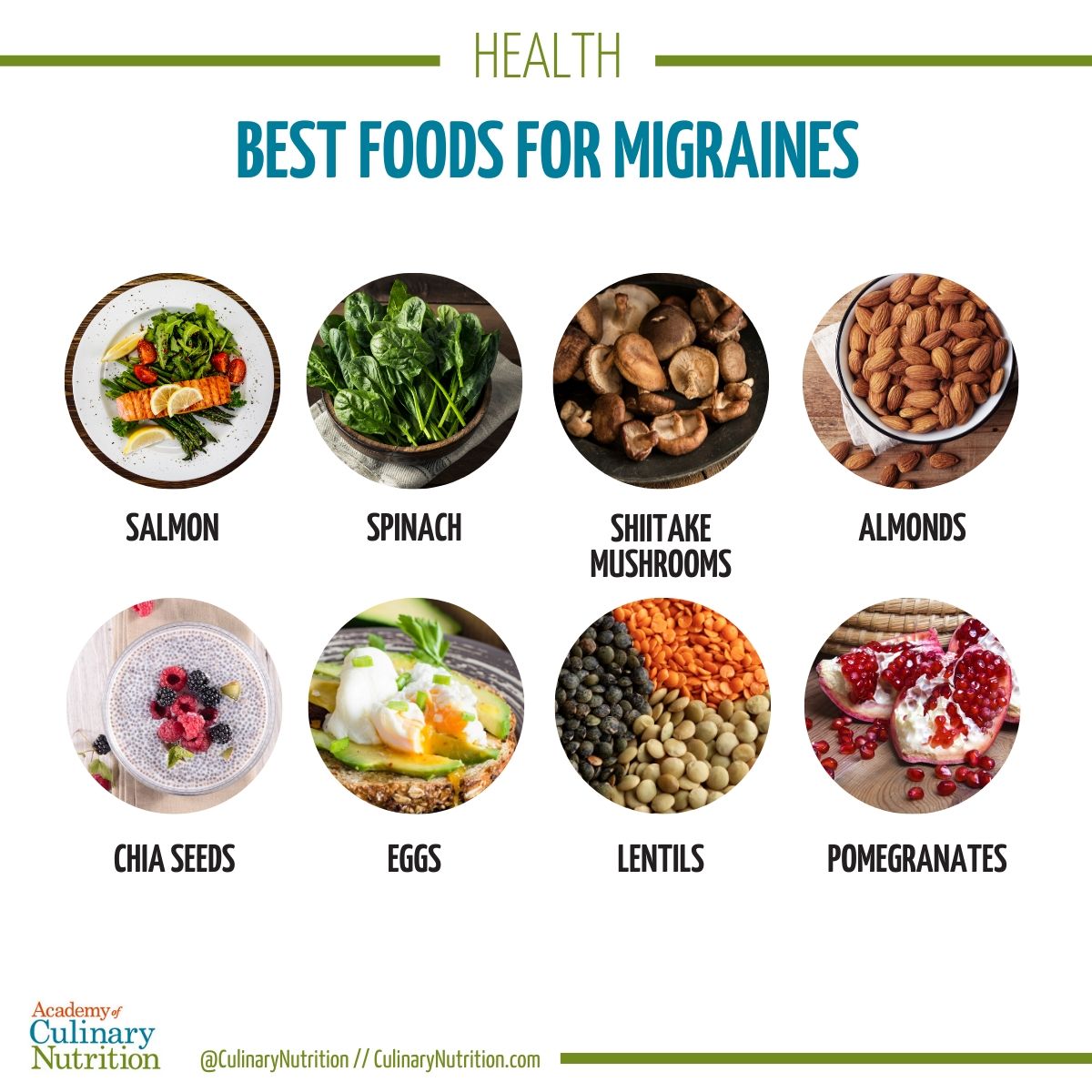
Free Resource Library
Enjoy more than 40 downloadable guides, recipes, and resources.





















